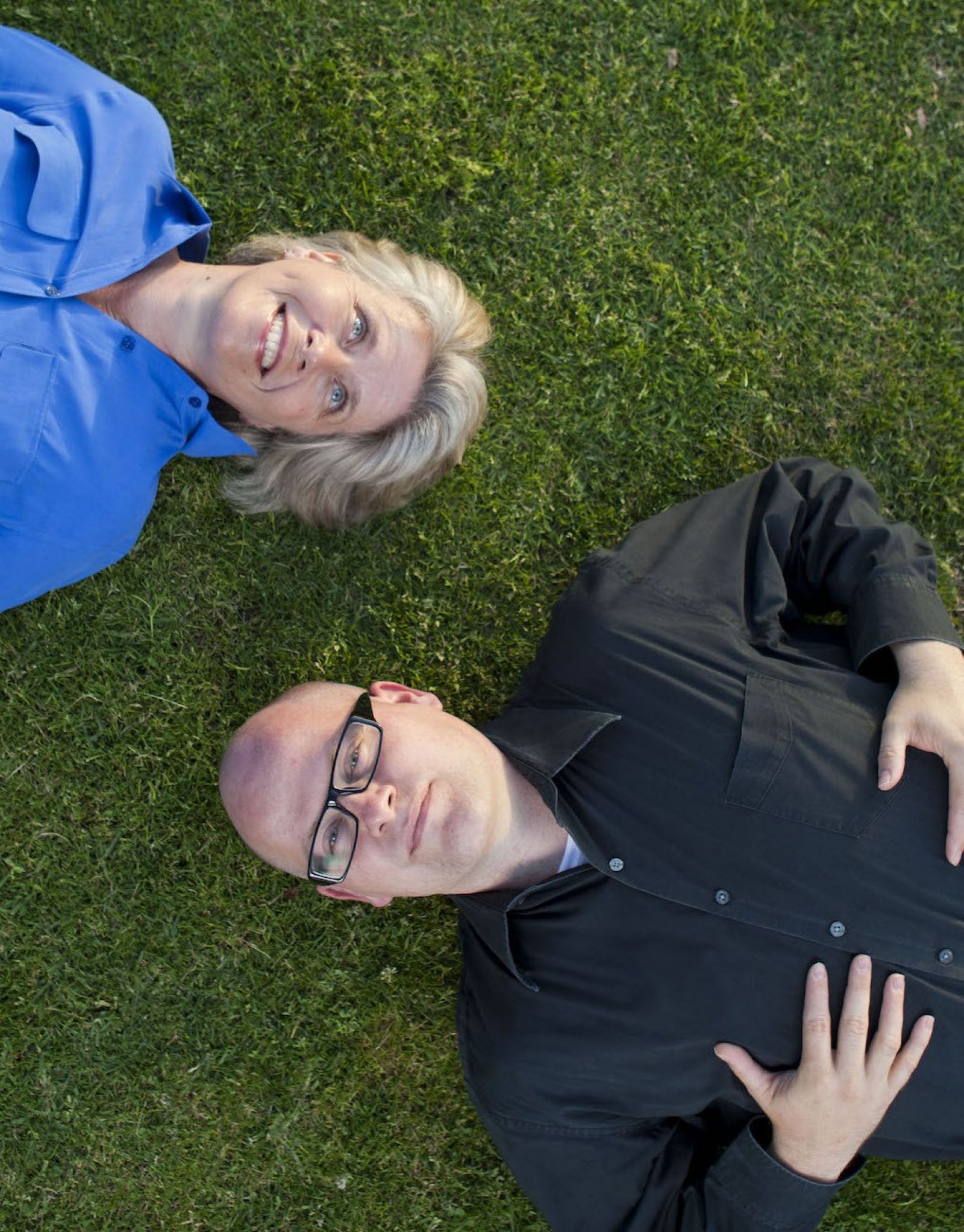Your email address is required to begin the subscription process. We will use it for customer service and other communications from Milk Street. You can unsubscribe from receiving our emails at any time.
November 8, 2019
Pickles and Pie Holes: The Secret History of Food Words
Grant Barrett and Martha Barnette, hosts of the radio show “A Way With Words,” join us to explore the language of food. They discuss why some restaurant servers ask “Will you be wanting anything else?”—instead of simply “Do you want anything else?” And they explain phrases that seemingly don’t make a lot of sense, such as “in a pickle.” Plus, master spice blender Lior Lev Sercarz teaches us how to transform a meal using spices; we learn the step-by-step rules to perfect curry; and Adam Gopnik ponders climate change and the future of wine.
This episode is brought to you by King Arthur Flour and Ferguson.
Questions in this Episode:
“I find a particular recipe instruction that still exists in so many cookbooks curious. Lots of recipes using buttermilk direct you to put the baking soda in with the buttermilk. In the original Tollhouse Cookie recipe, it also says to put the baking soda in a teaspoon of hot water.”
“What’s the optimum distance between flames and a pan on my stove?”
“I have a question about cooking densely in large volumes. Cooking some cabbage rolls, we usually cook them at about 20 at a time, I want to cook 100 at a time in one big pot.”
“I spoke to Chris and Sara before entering my cookies into the Tunbridge World's Fair cookie competition. I’m calling back now with the results.”
“In order to reduce waste I’ve been replacing canned beans with dry whenever possible. For a reason I can’t yet determine, almost every kind of bean I try to prepare has a significant percentage burst when I soak them overnight.”
“What does bay leaf taste like? I dutifully add it to soups and stews, but unlike every other spice and herb, have no idea what it tastes like.”

In this episode







